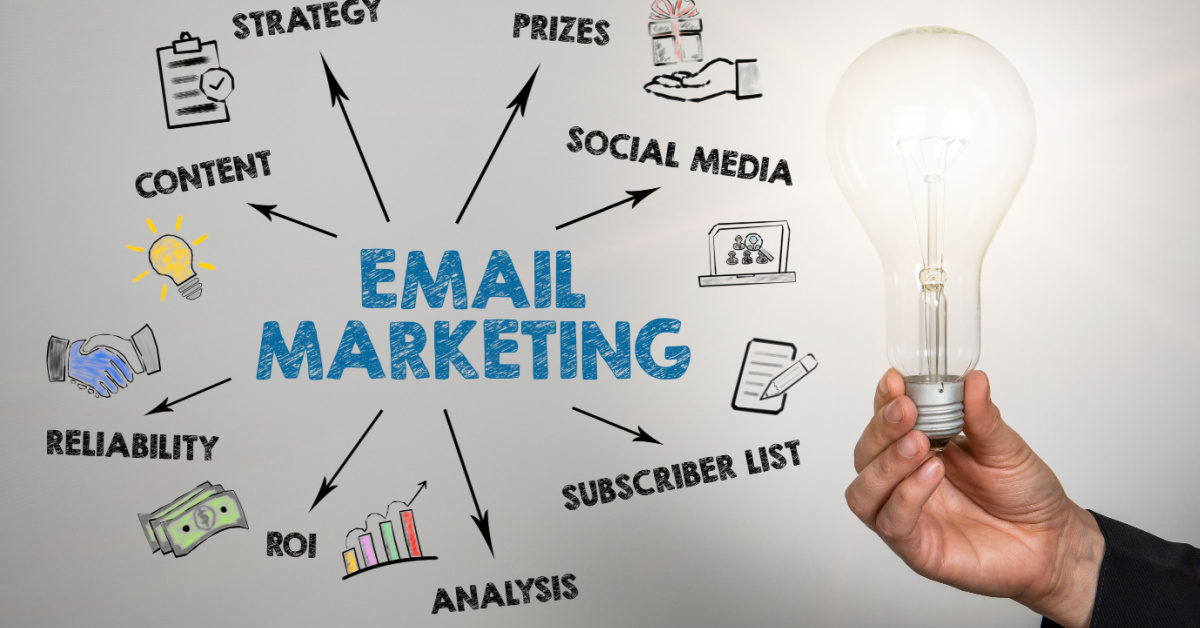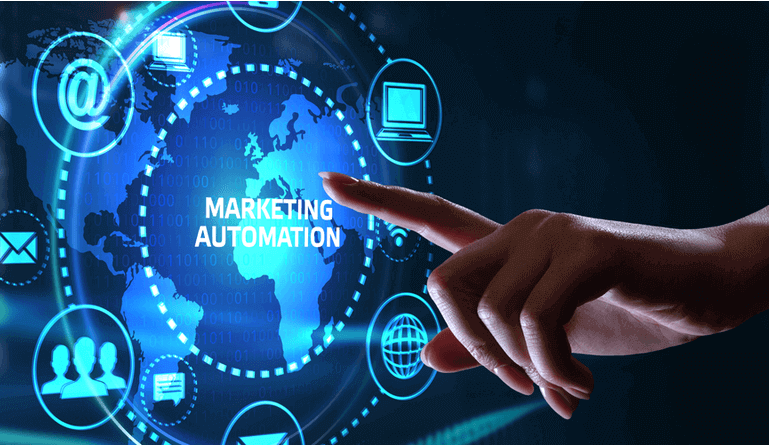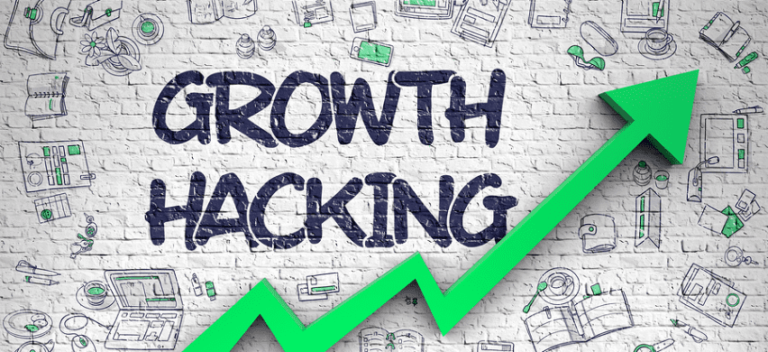7 Email Marketing Sequences That Drive Conversions in 2025
Email marketing continues to deliver the highest ROI of any digital channel in 2025, with an average return of $42 for every $1 spent. However, with increasingly sophisticated spam filters, privacy regulations, and audience expectations, the strategies that drive success have evolved dramatically.
This comprehensive guide explores seven proven email marketing sequences that are generating exceptional results in today’s challenging landscape, with real-world examples and implementation strategies you can adapt for your business.
The Current Email Marketing Landscape
Before diving into specific sequences, it’s important to understand the key factors shaping email marketing effectiveness in 2025:
Critical Trends Impacting Email Performance:
- Privacy-First Infrastructure: Apple’s Mail Privacy Protection and similar technologies have fundamentally changed open rate metrics
- Engagement-Based Deliverability: ISPs prioritize emails from senders with high engagement histories
- AI-Powered Personalization: Audience expectations for relevance have increased dramatically
- Interactive Functionality: Modern emails leverage AMP and other technologies for in-email experiences
- Cross-Channel Integration: Email success depends on strategic alignment with other channels
Sequence 1: The Progressive Welcome Sequence
The welcome sequence remains the highest-performing email opportunity, with average open rates 86% higher than standard campaigns. However, the most effective approach has evolved from the traditional 5-7 email series to a progressive engagement model.
Key Components:
Email 1: Immediate Value Delivery (0 hours)
- Deliver promised lead magnet or welcome offer
- Set clear expectations for future communications
- Include one unexpected “bonus” element
- Segment-specific next steps based on acquisition source
Email 2: Contextual Introduction (24 hours)
- Share your brand story relevant to the specific entry point
- Include social proof related to their initial interest
- Introduce your most valuable free resources
- Present a low-friction engagement opportunity
Email 3: Problem-Solution Framework (72 hours)
- Address a specific pain point in depth
- Present your core solution framework
- Include specific success metrics/stories
- Offer a low-risk next step (not a hard sell)
Email 4: Segmentation Driver (5 days)
- Present options that reveal specific interests/needs
- Adapt future sequence based on click behavior
- Provide value regardless of segmentation participation
- Begin building the case for your core offer
Implementation Example: A productivity software company increased trial conversions by 34% by redesigning their welcome sequence to progressively introduce features based on the specific lead magnet that attracted the subscriber, rather than using a one-size-fits-all approach.
Advanced Tactics:
- Behavioral Branches: Create alternative paths based on email engagement and website behavior
- Progressive Profiling: Strategically gather additional subscriber information through engagement opportunities
- Consumption Confirmation: Check whether subscribers have used their initial download/resource before progressing
- Dynamic Timing: Adjust send timing based on engagement with previous messages
Optimization Focus: Measure the completion rate of your welcome sequence (% who open all emails) and continually refine to improve this metric, as it strongly correlates with long-term engagement.
Sequence 2: The Re-Engagement Ascension Sequence
With inactive subscribers costing brands an average of $16.74 per year in email service provider fees and deliverability impact, strategic re-engagement is critical. The most effective approach in 2025 uses a strategic ascension model.
Key Components:
Email 1: Pattern Interrupt (Day 0)
- Use unexpected subject line approach
- Acknowledge the absence of engagement
- Provide compelling, no-strings-attached value
- Set clear expectation for the sequence purpose
Email 2: Value Proposition Refresh (Day 2)
- Reframe core benefits in a new light
- Share newest features/resources
- Include fresh testimonials/case studies
- Low-friction re-engagement opportunity
Email 3: The Ascension Offer (Day 4)
- Present exclusive “win-back” opportunity
- Include expiration timeline
- Highlight “what’s changed” since they engaged
- Provide direct contact option
Email 4: Final Decision Point (Day 6)
- Clear “stay or go” mechanism
- Benefit-focused reason to remain subscribed
- Simple one-click retention option
- Proper expectation setting for non-responders
Implementation Example: An ecommerce retailer recovered 23% of inactive subscribers by implementing this sequence with progressively valuable offers based on previous purchase categories, generating a 17x ROI on the campaign.
Advanced Tactics:
- Segmented Approach: Create different re-engagement paths based on subscriber history and value tier
- Channel Shift Option: Offer alternative communication channels (SMS, social) for those who prefer less email
- Preference Refresh: Include communication preference options beyond just stay/go
- Predictive Timing: Use AI to identify optimal send times for previously unengaged subscribers
Optimization Focus: Track your win-back percentage (inactive to active conversion) and cost per recovered subscriber to justify ongoing refinement of this sequence.
Sequence 3: The Consultation Funnel Sequence
For high-value products and services, consultation or demo requests remain key conversion points. Modern consultation sequences leverage psychological principles and value demonstrations to drive qualified appointments.
Key Components:
Email 1: Value Proposition & Social Proof (Day 0)
- Reinforce the appointment request value
- Share calendar link with prominent CTAs
- Include relevance-building social proof
- Set expectations for the consultation experience
Email 2: Value-Add Resource (Day 1)
- Provide pre-consultation value
- Include preparation pointers for a successful meeting
- Share relevant case study or success story
- Secondary scheduling CTA for non-bookers
Email 3: Objection Handling (Day 2)
- Address common pre-consultation concerns
- Reinforce unique advantages of your approach
- Provide specific consultation outcomes
- Create urgency with limited availability reminder
Email 4: Final Opportunity (Day 3)
- Create scarcity with specific availability
- Include direct booking link/simplified process
- Address common “why people wait” hesitations
- Set expectations for what happens after the deadline
Implementation Example: A B2B software company increased consultation show rates by 47% by implementing this sequence with industry-specific preparation documents and objection-addressing video testimonials from similar clients.
Advanced Tactics:
- SMS Integration: Add text reminders and confirmations for booked appointments
- Video Introductions: Include personal videos from the consultant they’ll be meeting
- Pre-Meeting Questionnaire: Gather information that increases meeting productivity
- Social Proof Matching: Show testimonials from people/companies similar to the prospect
Optimization Focus: Beyond booking rates, measure show rates and consultation-to-sale conversion rates to fully optimize this sequence.
Sequence 4: The Educational Nurture Sequence
With buying cycles extending in many industries, educational nurture sequences provide sustained value while maintaining brand presence during extended decision-making periods. The most effective approach uses the “value ladder” model.
Key Components:
Stage 1: Foundation Concepts (Emails 1-3)
- Establish core frameworks and vocabulary
- Break down complex concepts into accessible components
- Build awareness of problems your solution addresses
- Establish authority through teaching rather than selling
Stage 2: Solution Approaches (Emails 4-6)
- Compare different methodologies (including yours)
- Present objective evaluation criteria
- Introduce case studies showing approach differences
- Address common misconceptions in your industry
Stage 3: Implementation Insights (Emails 7-9)
- Provide actionable implementation guidance
- Share common challenges and solutions
- Include expert perspectives (internal and external)
- Begin introducing your specific approach advantages
Stage 4: Decision Guidance (Emails 10-12)
- Present evaluation frameworks
- Offer comparison tools or checklists
- Share selection criteria from successful clients
- Include appropriate conversion opportunities
Implementation Example: A marketing agency increased their conversion rate by 32% and decreased their sales cycle by 41 days by implementing a 12-part educational sequence that provided genuine implementation value before pitching their services.
Advanced Tactics:
- Engagement-Based Pacing: Adjust sending frequency based on engagement signals
- Consumption Confirmation: Ensure subscribers are consuming content before advancing
- Interactive Elements: Include quizzes, assessments, and interactive components
- Micro-Commitments: Build progressive engagement through small action requests
Optimization Focus: Track content consumption rates and the correlation between content engagement and conversion likelihood to refine your approach.
Sequence 5: The Event Maximizer Sequence
Whether virtual or in-person, events represent significant investment. The most effective event email sequences now extend far beyond simple announcements and follow-ups to create comprehensive engagement journeys.
Key Components:
Pre-Event Phase (3-4 emails):
- Initial announcement with core value proposition
- Speaker/content highlight series building anticipation
- Logistics and preparation guidance
- Day-before anticipation builder with final instructions
During-Event Phase (1-3 emails, event size dependent):
- Session-specific reminders and materials
- Engagement opportunities and interactive elements
- Real-time adjustment notifications
- Feedback solicitation for ongoing optimization
Post-Event Phase (3-4 emails):
- Immediate thank-you with key takeaways
- Resource delivery and recording access
- Implementation guidance and next steps
- Event-specific offer with exclusivity element
Implementation Example: A technology conference increased their post-event offer conversion by 47% by implementing a sophisticated sequence that integrated pre-event personalization, during-event engagement tracking, and post-event follow-up based on specific session attendance.
Advanced Tactics:
- Attendance Tracking Integration: Customize follow-ups based on actual session attendance
- Engagement-Based Segmentation: Tailor post-event communications to participation level
- Micro-Event Strategy: Create mini-engagements before and after the main event
- Community Integration: Connect event participants through facilitated networking
Optimization Focus: Measure the full event ROI by tracking the complete journey from initial registration through post-event conversions.
Sequence 6: The Abandoned Cart Recovery Sequence
Cart abandonment continues to challenge ecommerce brands, with average rates hovering around 70%. Modern recovery sequences have evolved beyond simple reminders to multi-touch persuasion journeys.
Key Components:
Email 1: Service-Oriented Reminder (1 hour)
- Helpful tone vs sales pressure
- Clear cart contents reminder
- Streamlined return-to-cart mechanism
- Customer service availability emphasis
Email 2: Question Resolution (24 hours)
- Address common purchase hesitations
- Provide social proof specific to cart items
- Offer multiple support channel options
- Begin introducing scarcity elements if relevant
Email 3: Incentive Introduction (48 hours)
- Strategic discount or added-value offer
- Clear expiration to drive action
- Product-specific testimonials or reviews
- Strong, benefit-focused call-to-action
Email 4: Final Availability Notice (72 hours)
- Create urgency with genuine limitations
- Restate key value propositions
- Offer alternative products if relevant
- Clear final action instructions
Implementation Example: An ecommerce brand increased recovery rates by 34% by implementing dynamic incentives based on cart value, customer history, and item margin, ensuring profitability while maximizing recovery.
Advanced Tactics:
- Cart Value Segmentation: Adjust approach based on abandoned cart value
- Product-Specific Strategies: Customize sequence based on product categories
- Customer History Integration: Adapt approach for new vs returning customers
- Cross-Channel Retargeting: Coordinate email recovery with strategic ad retargeting
Optimization Focus: Look beyond recovery rates to measure profit per recovery sequence, accounting for discounting and operational costs.
Sequence 7: The Product Adoption Sequence
Post-purchase sequences have evolved from simple onboarding to comprehensive adoption journeys that significantly impact retention, expansion, and referral metrics.
Key Components:
Email 1: Immediate Celebration & Next Steps (0 hours)
- Purchase confirmation and appreciation
- Clear, action-oriented getting started steps
- Support resource introduction
- Setting expectations for the sequence
Email 2: Quick Win Guidance (24 hours)
- First success milestone guidance
- Common initial hurdle solutions
- Implementation timeline expectations
- Customer success contact information
Email 3: Feature Spotlight Series (Days 3-10)
- Progressive feature introduction aligned with typical adoption patterns
- Use case examples and implementation tips
- User success stories for featured functions
- Direct links to relevant tutorials/resources
Email 4: Success Check-In & Expansion (Day 14)
- Usage-based success acknowledgment
- Next-level implementation recommendations
- Complementary product/service introduction
- Community or user group invitation
Implementation Example: A SaaS platform increased their 90-day retention rate by 27% by implementing a dynamic adoption sequence that adjusts content and timing based on actual product usage patterns, delivering just-in-time guidance.
Advanced Tactics:
- Usage-Based Branching: Adapt sequence based on product utilization patterns
- Success Milestone Celebrations: Recognize achievement of key implementation stages
- Peer Learning Integration: Connect new users with experienced power users
- Expansion Opportunity Identification: Introduce advanced features based on established usage patterns
Optimization Focus: Track product adoption metrics across cohorts receiving different sequence variations to identify the most effective approaches.
Implementing Your Email Sequence Strategy
The most successful email marketing programs in 2025 orchestrate these sequences into cohesive customer journeys. Here’s how to start implementing these approaches:
Step 1: Audit Your Current Sequences
Evaluate your existing email sequences against these models to identify gaps and improvement opportunities.
Step 2: Prioritize By Impact Potential
Focus first on high-leverage sequence opportunities:
- Welcome sequences for all entry points
- Cart/form abandonment recovery
- Re-engagement for inactive subscribers
Step 3: Build Measurement Infrastructure
Ensure you can track the right metrics for each sequence type:
- Completion rates for multi-part sequences
- Conversion rates for action-oriented sequences
- Engagement metrics for nurture sequences
Step 4: Implement Continuous Optimization
Create a structured testing approach:
- A/B test single elements within sequences
- Track sequence performance by acquisition source
- Compare sequence variations across segments
- Regularly review and refresh content
Conclusion: Beyond Individual Sequences
While these seven sequences deliver proven results, the most sophisticated email marketing programs in 2025 are moving beyond siloed sequences toward truly integrated customer journeys that:
- Dynamically adjust based on cross-channel behaviors
- Adapt content to individual engagement patterns
- Seamlessly transition between different sequence types
- Incorporate predictive elements that anticipate needs
- Balance automation with human touchpoints at key moments
By implementing these proven sequence frameworks while building toward more sophisticated journey orchestration, you can maximize email marketing’s contribution to your overall marketing performance.
What email sequences have delivered the best results for your business? Share your experiences in the comments below.




